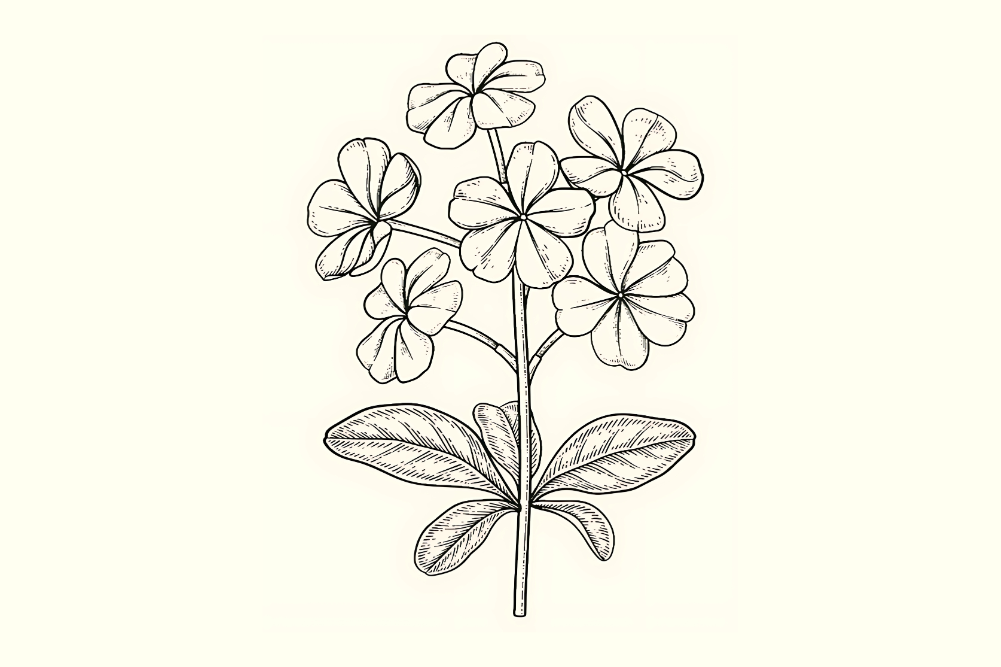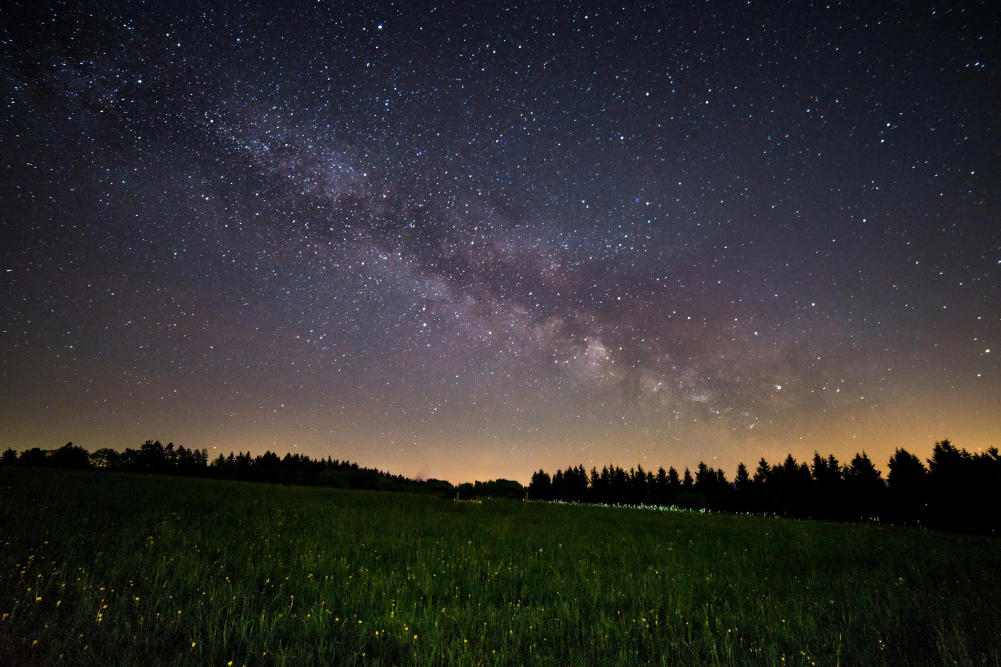The Remarkable World of Native Bees and Their Ecological Impact
Bees are vital to the ecology of our planet and also to our human food supply. The busy insects pollinate over 80 per cent of the world’s flowering plants, according to a 2022 report into native bees by AgriFutures Australia. While the European honeybee (Apis mellifera) gets most of the limelight and credit, there are over 20,000 other bee species across the globe. Research suggests the contribution of wild bees to pollination is even greater than the Apis species.
With bees of all kinds increasingly threatened — by pesticides and other agrichemicals, climate change, habitat loss and varroa mite (a parasite decimating honeybee populations) — native bees have been thrust into the spotlight. Seemingly unaffected by varroa, and viewed as a saving grace for the planet, the native pollinators have become the subject of growing fascination.
Meliponiculture
While there are approximately 1700 native bee species across Australia, only 11 of these live in communal hives within a rigid, complex social structure like the European honeybee, which allows them to be moved about and managed by humans. Known collectively as Meliponini or “social stingless native bees”, they consist of two genera: Tetragonula and Austroplebeia. Across the world, however, there are over 500 different species.
Meliponiculture is the practice of stingless native beekeeping. A 2021 survey found at least 1158 native stingless beekeepers (and 11,971 nests or hives) within Australia. One such enthusiast is Greg Coonan, author of Keeping Australian Native Stingless Bees. Coonan, who offers support and advice to others keeping the bees, reveals they’re mostly kept for enjoyment and to help the environment. Along with pollinating edible and ornamental gardens, they’re important pollinators of native plants.
Coonan’s menagerie, in suburban Brighton, Brisbane, consists of 20 hives and three Meliponini species native to southeastern Queensland: Tetragonula carbonaria, T. hockingsi and Austroplebeia. Most are rescued bees still in their original home. A mature native hive has a population of about 8000 to 10,000 bees, he says. Rather than beeswax combs, the Meliponini store their honey in little pots.
Relatively unaggressive and stingless, they’re great around children and pets. Another key difference is their smaller size. “They look like a house fly,” he says.
Climate factors
Unfortunately, keeping the Meliponini is limited by where you live. While solitary and semi-social bees are found in all regions of Australia, the social stingless variety are only found in warm parts of the country, including Queensland, the Northern Territory, northern half of Western Australia and northern coastal parts of NSW. Native to tropical and subtropical regions, “they haven’t evolved to go down into the temperate climates,” Coonan explains. Only T. carbonaria is suitable for warmer parts of NSW: and the Northern Rivers region down to as far south as Bermagui, he says.
The colder than average recent winter killed off several of Coonan’s small rescued hives. Below 18°C, the stingless social bees are unable to fly and stay in the hive, he says. “They don’t really get active until about 21 degrees.” When it gets really cold, the bees don’t sleep either, but work to protect the eggs. “They’ll build a crafted inner chamber in and around their brood with a material called involucrum,” Coonan says. “All the bees pack in around their brood to vibrate their bodies to generate heat to keep their brood warm.”
Hive behaviour
Like the European honeybee, the colony revolves around the queen and her brood. However, unlike the honeybee queen, the native social bee queen can no longer fly once she begins mating and laying eggs. “The bees aren’t going to leave her,” Coonan says. “They can live in a good box or a natural home, like a log, literally for decades.”
Unlike her honeybee equivalent, the native social queen has a single mate. “She’ll carry that sperm in a sac in her body all her life [which is roughly two years],” Coonan says.
Eighty per cent of the colony are “hive bees” with roles in the nursery with the queen, and working in food and beverage in the honey and forage stores, Coonan says. The other 20 per cent are “gatherers” collecting pollen (the bees’ protein source), nectar and tree resins for building honey pots and sealing their chambers. Gatherers only live about two to three weeks if they’re lucky, Coonan says. “Just about everything wants to eat the little guys: other predator insects, little birds, geckos, lizards and particularly spiders. It’s just the natural attrition rate; they must be a really valuable food source because there’s something eating them all the time.” To keep the population thriving, the queen lays 350 to 400 eggs every day of her life, Coonan says.
Re-queening the hive
The hives are very efficient at re-queening when needed. “They’ll often keep a couple of princesses in the hive so it has a contingency,” Coonan says. The egg cells also contain many larger outer cells for replacement queens, he says.
When a hive needs to re-queen, thousands of drones (male bees) will suddenly appear from up to five kilometres away, he says. “Because they’re from other hives, they’re not allowed into the hive.” Roosting on nearby branches at night, clustered together for protection and swarming around the hive all day long, they’ll remain there until they die.
Sourcing a hive
The Aussie Bee website lists most of the hive suppliers in Australia, Coonan says. Try to buy from someone local to you. “The bees are more likely to be acclimatised to the environment you’re in; you’re more likely to get ongoing support systems and people to mentor you,” he says.
Gaining a hive means relocating one that’s already established. “People put out empty boxes and other objects hoping they’ll be colonised, but there’s not much chance of it happening,” he says. “They’re not like honeybees. They’re extremely uncooperative, stubborn and only do what they want to do. Give them the home they’ve chosen themselves.”
Coonan’s rescued colonies reside in logs (brought to him by tree loppers and firewood cutters), a mailbox stand, water bottle, porcelain fish and water meter pit. “They occupy so many different places. It’s amazing,” he says. In the wild, the social stingless natives typically favour the hollows of old dead trees created by termites.
Within the industry, a hardwood timber box known as the OATH (Original Australian Trigona Hive) is commonly used, Coonan says. What’s key is that their chamber is secure from the elements, other insects and predators, he says. The native bees also use sticky tree resins to line and seal their chamber, be it a box or natural home. “When the resin sets it becomes quite brittle and hard and very secure,” he says.
Location, location
The most important factor to get right is the location of the hive, Coonan says. This needs to give the bees full sun in winter and full shade in summer. Ideal locations include north-facing verandahs and patios and beneath shady trees on the north side of your property. Such zones capture the northern sun in winter (when it’s low in the sky) and the shade in summer (when the sun is in a high position overhead). If needed, trees can be trimmed back in winter to allow in more light. Those lacking appropriate spots in their garden can simply move their hives to achieve the same conditions, Coonan says.
Living in a high-rise unit is no barrier to keeping the bees, provided you have a north-facing balcony or verandah. “They will find food, they will thrive without you putting in anything,” Coonan says. However, growing suitable flowers nearby will make their lives easier.
Feeding the hive
The main diet of bees is nectar and pollen collected from flowers. Like honeybees, native bees tend to be attracted to purple, blue and white flowers. “The plants evolved to be pollinated by insects are largely your purple, blue and white flowers and the plants evolved for birds to pollinate are normally your yellow and orange,” Coonan explains. “It doesn’t mean they [the bees] will avoid yellow and red; it just means they won’t pollinate those flowers.”
Native bees are versatile feeders. Coonan’s bees, for example, adore crepe myrtle and nutmeg bush. “They’re a bit like honeybees, they’re not worried if it’s exotic or native or some of the hybrids,” he says. “They obviously like a varied diet, because they bring in all different-coloured pollens. In suburbia it’s like paradise for them.”
Harvesting honey
Coonan describes the native bee honey as unique, strong-tasting and a bit watery with a citrus tang. He ascribes the stronger taste to tree resins and tannins used by the bees in the production of their honey pots.
Research, including that by the University of Queensland, has discovered that the native bee honey has powerful antimicrobial and antifungal properties and is also antioxidant and anti-inflammatory. About 85 per cent of the sugar is trehalulose, a rare low-GI sugar suitable for diabetics, and which is also acariogenic (ie doesn’t cause tooth decay).
Unfortunately, Coonan says no one has yet figured out how to harvest the native bee honey without an attrition rate on the bees. Harvesting the honey uses what’s called a “bed of nails” to pierce the hundreds of small honey pots created by the bees. “Because it’s a work area in the hive there can be hundreds of bees working in there when you’re doing this and you end up with hundreds of drowning bees,” Coonan explains. A further disincentive: any honey harvest gained from the bees is small.
While the native social bees are generally non-aggressive and stingless, they will attack if you try to steal their honey or split the hive. “While they’ve only got a bite like a little black ant, if you’ve got thousands of them biting you at the same time they’re very effective at chasing people away,” Coonan says.
Those harvesting native bee honey are advised to do so in spring and only if the hive has a gross weight over 10 kilograms. “Make sure they’re at full strength going into winter,” he advises.
Defending the hive
It’s not uncommon for a stronger hive to try to take over another hive, Coonan says. Sadly, this involves a battle to the death. “The invading hive turn up in thousands, and the hive being attacked will send out all of its bees to do battle,” he says. “They grab each other and fall on the ground and won’t let go. The hive with the most bees always wins. It’s normally the invaders. Once they’ve gotten rid of all the bees that were there, they move their mob in and keep going. So you don’t lose a hive but it’s absolutely brutal. You can have a black carpet of dead bees on the ground.”
Coonan suggests relocating your hive and placing an empty “fake” or “bait” one in its place. “Quite often, if you do it right, you can actually capture the invaders and start a new colony without losing your hive,” he says.
Helping farmers
According to the AgriFutures report, native bees are being used or trialled in warm climates as a commercial pollination service for growers of macadamias, blueberries, mangoes, strawberries, avocados, lychees and greenhouse tomatoes. However, the small foraging range of the natives (about 300 to 700 metres depending on the species) means many hives are needed to pollinate a farm. Comparatively, the European honeybee has a foraging range of several kilometres.
“Potentially, they’re going to be vital to the pollination of commercial crops,” Coonan says. “Because of the likely threat of varroa mite to the honeybees it’s becoming imperative.”
Encouraging solitary bees
Those in the colder southern parts of the country can still enjoy and help native bees by encouraging the solitary and semi-social species into their gardens. These range in size and shape from the tiny 2mm long quasihesma bee to the fuzzy 24mm carpenter bee. Many, such as the blue-banded, teddy-bear, carpenter and sweat bee, perform what’s known as “buzz pollination”, which benefits eggplants, tomatoes, chillies and other Solanaceae crops, but cannot be performed by the European honeybee.
About 70 per cent of solitary bees build burrows in the ground where they lay their eggs within individual sealed chambers. Others choose rotted or pre-existing holes in wood, woody stems, old vegetation and other natural materials. To attract them, grow bee-friendly plants. Leave areas of the ground undisturbed and naturalised, reduce hard landscaping or establish a wildflower meadow. Include rotten logs. Alternatively, buy a pre-made bee motel. Avoid pesticides and chemicals.







